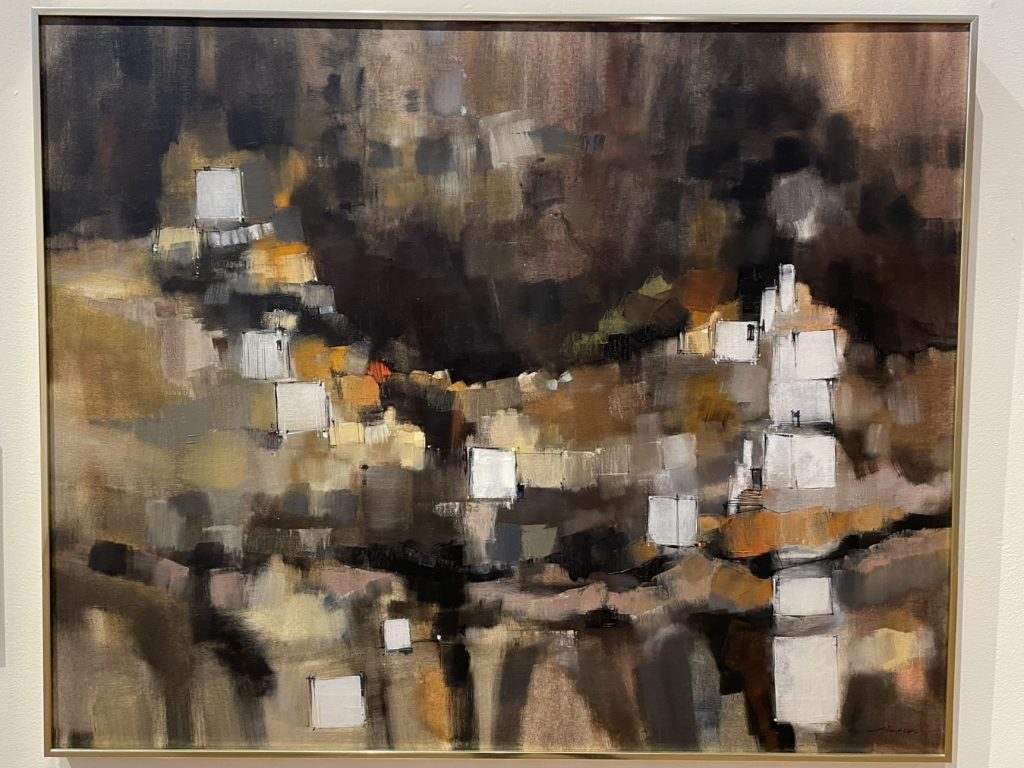William H. McGuffey House
We went to Oxford, Ohio to stop in at the William H. McGuffey House. It’s one of those places that due to little information available online and very limited hours, I wasn’t sure we were actually going to see inside until we were standing inside.
William McGuffey (1800-1873) was a professor of ancient languages at the university in town (Miami University), but he was also the author of what would become incredibly popular instructional texts, the Eclectic Readers (commonly known as the McGuffey Readers)

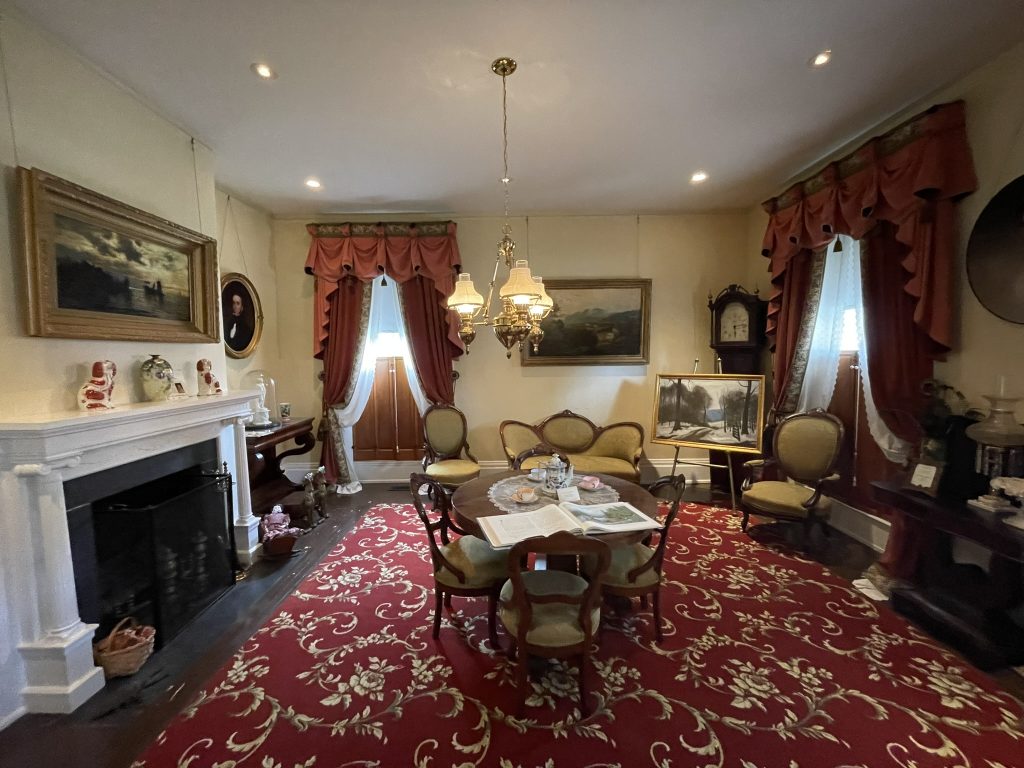
The home was built in 1833 on the university campus, and McGuffey lived in it just a few years. However, it’s believed he wrote the first four McGuffey Readers while living in the home.
The home has been restored to McGuffey’s time period, but needless to say, there are very few things in the house that relate specifically to McGuffey and his family.
The Readers were available in levels one through six, of which William wrote the first four, and his brother Alexander wrote levels five and six. Each level grew increasingly challenging.
Per Wikipedia, “Colonial-era texts had offered dull lists of 20 to 100 new words per page for memorization. In contrast, McGuffey used new vocabulary words in the context of real literature, gradually introducing new words and carefully repeating the old.” Stories, poems, essays, and speeches were all part of the instructional text, along with discussion questions.

The Readers sold more than 120 million copies between 1836 and 1960. They were used by schools into the 20th century, and are still popular today in homeschooling circles and in some private schools.
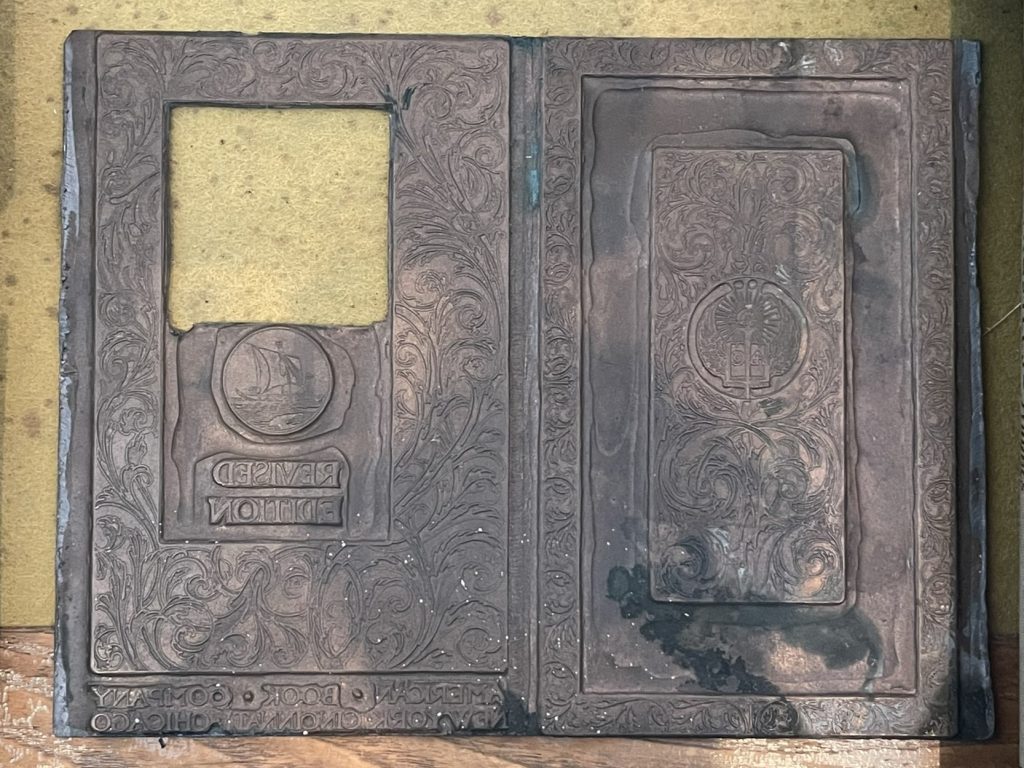

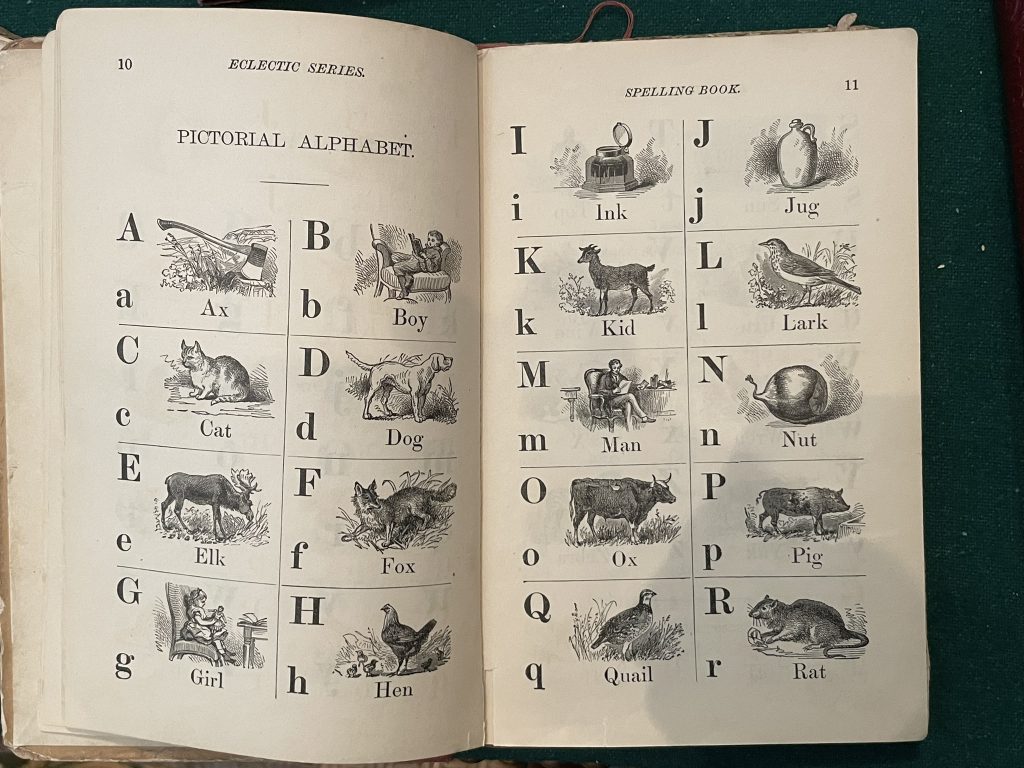
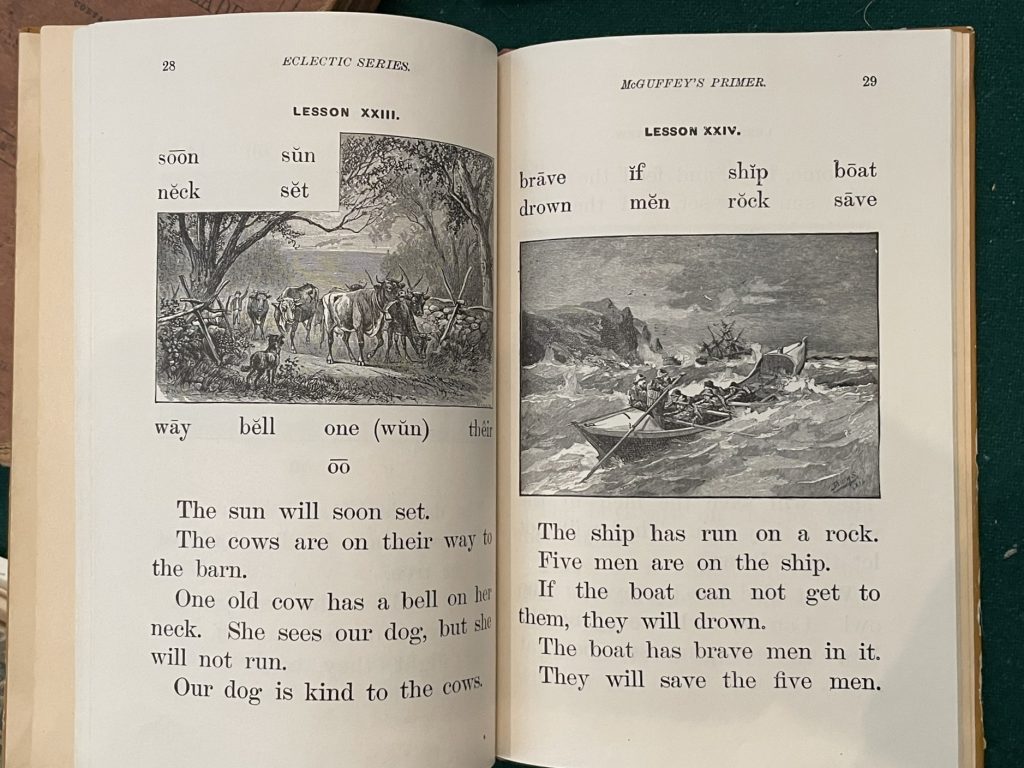
Richard and Carole Cocks Art Museum
On our way out the door of the McGuffey house, the docent made an off-hand remark about visiting the art museum in town. We hadn’t planned on it, but when we drove right by it on our way out of town, we decided to “just pop in.”
The Richard and Carole Cocks Art Museum is also located on the campus of Miami University. It’s a small museum of just five galleries, but it’s been in existence since 1978, so is well-established, and now has nearly 18,000 pieces in its collection.

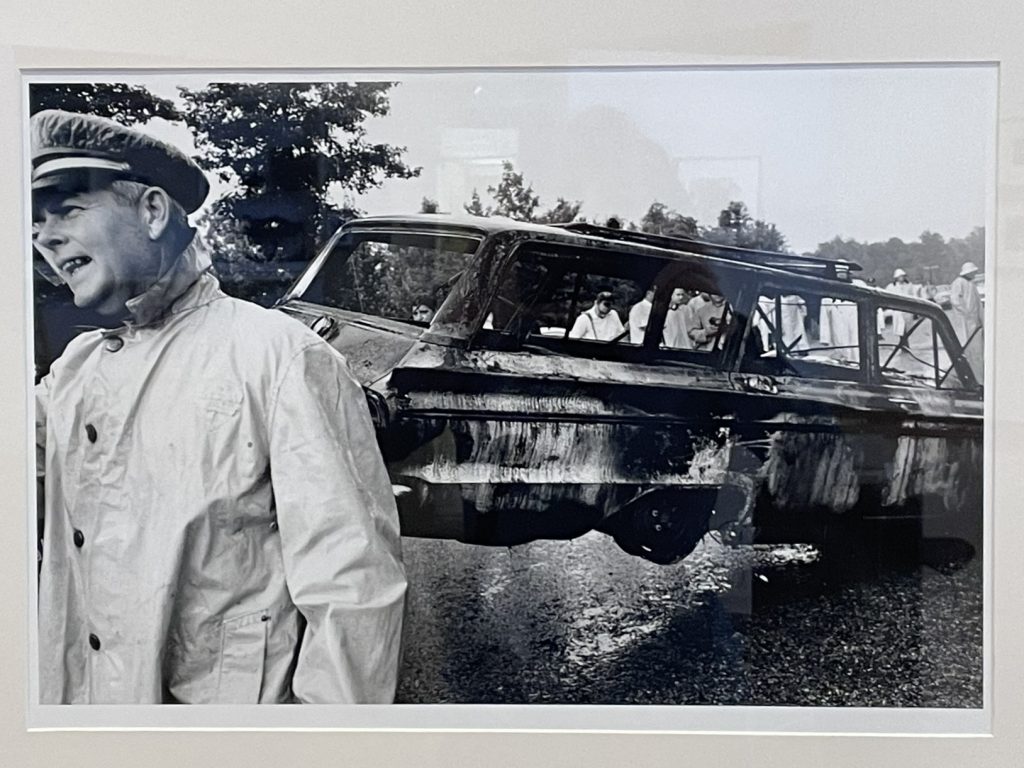
While we were there we fortunate to see the exhibit, Through Their Lens: Photographing Freedom Summer. It turns out that the training sessions for the Mississippi Summer Project (commonly known as Freedom Summer) took place in Ohio in 1964. Hundreds of volunteers came to prepare to head to the deep South to register black voters and teach at Freedom Schools. Within a week of the volunteers’ arrival, civil rights workers James Chaney, Michael Schwerner and Andrew Goodman went missing in Mississippi, making a tense time even more fraught.

